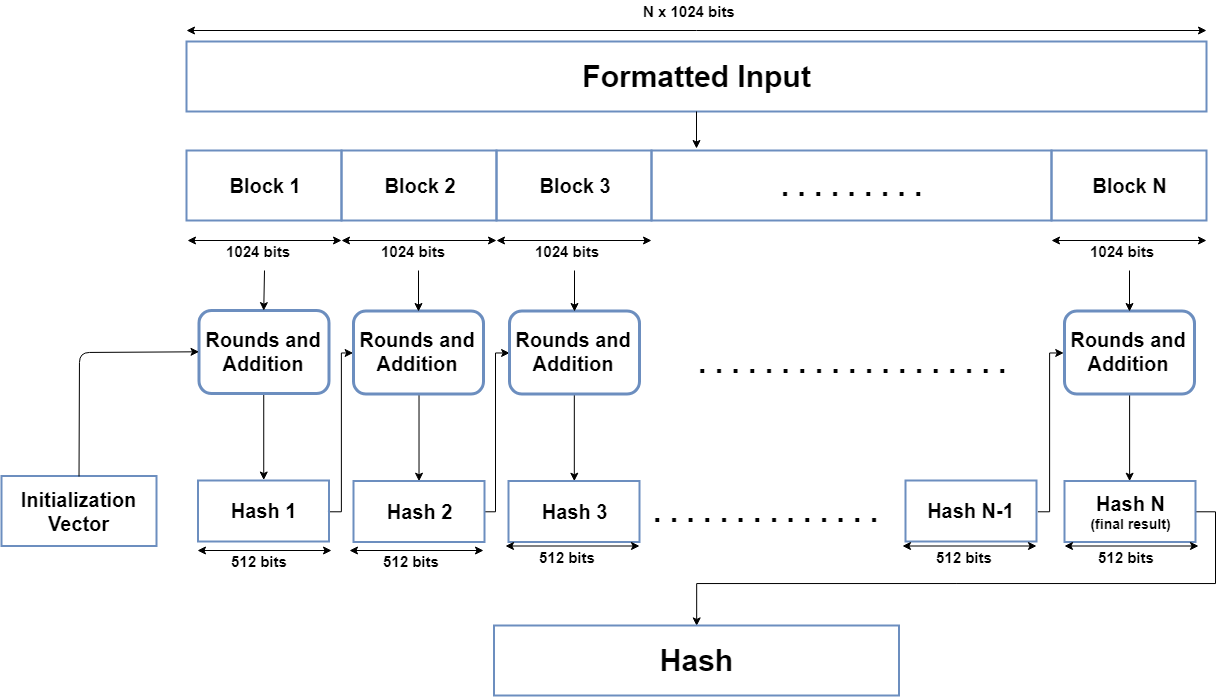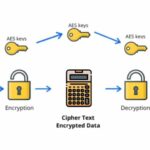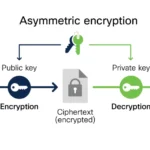The digital age has introduced complex cryptographic mechanisms that safeguard our information and enhance our interactions in the virtual realm. Among these is the SHA-512 hashing algorithm, a cryptographic hash function belonging to the SHA-2 family. Its outputs might seem obscure and primarily technical, but when viewed through a Christian lens, they take on profound implications and invite reflection on deeper spiritual matters.
At its core, SHA-512 produces a fixed-length 512-bit hash value from input data of any size. The result appears random and inscrutable, yet it serves essential purposes in verifying integrity and ensuring security. Distilled to its essence, the output functions as a digital fingerprint that identifies data uniquely. However, this unique representation can prompt us to consider broader themes of identity and consequence in both the digital and spiritual domains.
In Christianity, identity is paramount. Each individual is created in the image of God, bringing a distinctiveness that resonates with the uniqueness of a SHA-512 hash. Just as no two hashes are alike, so too does each person carry an intrinsic worth and purpose. The hash serves as a metaphor for God’s artistry in creation. In a world that often encourages conformity, recognizing the uniqueness inherent in each person is a critical reminder of one’s value in the eyes of the Divine.
The integrity afforded by SHA-512 ties seamlessly into the Christian notion of honesty and authenticity. Much like the securely hashed output that ensures data has not been tampered with, Christians are called to lead lives that reflect integrity. The assurance that a hashing algorithm provides can be likened to the assurance of faith that believers hold. This concept beckons a deeper understanding of how faith should guide actions and intentions, resulting in a life that withstands scrutiny and remains untarnished by the temptations of the world.
The output of SHA-512 is also intrinsically linked to themes of security and protection, mirroring God’s promises of safety for His followers. For instance, the Bible often speaks of God as a fortress or shelter, a safe haven in times of trouble. When one interprets the SHA-512 output as symbolic of God’s security, it draws an inspiring parallel to the notion that, just as a unique digital hash protects data, so too does faith safeguard one’s soul from doubt and despair. This analogy invites believers to ponder on the assurance that, despite the tumultuous events of life, God’s protective embrace is ever-present.
Moreover, the permanence of the SHA-512 output offers an intriguing perspective on the notion of eternity. Once a hash is generated, it is immutable—the input data may change, but the hash remains constant. Christianity speaks of eternity and the everlasting nature of the soul. In a world rife with change, the steadfastness of the SHA-512 output prompts questions surrounding the permanence of one’s spiritual condition. Are we cultivating a faith that stands the test of time? Are our beliefs as immutable as the hash that stands resolutely, regardless of what transpired before it?
Yet, there exists a crucial distinction between hashing and encryption. SHA-512 does not conceal the input data but rather transforms it into a fixed output. This distinction can be likened to the Christian belief in transparency before God. Just as the hash lays bare the essence of the input, so too does God know the depths of our hearts. The notion of being fully revealed before the Creator can elicit discomfort, yet it also symbolizes an opportunity for transformation. It compels believers to embrace vulnerability, recognizing that true healing and redemption begin with honesty in their faith journey.
As we delve deeper into the implications of SHA-512, it is worthwhile to consider the concept of accountability. In an era where digital footprints are pervasive, the far-reaching consequences of actions resonate within the digital outputs created by algorithms. The permanence of a SHA-512 hash serves as a reminder of the permanence of our choices. In a similar vein, every action taken can be seen as creating a lasting impact in the spiritual realm that may extend beyond one’s lifetime. This beckons an invitation to rethink behaviors and align them with divine principles, knowing that our outputs—both digital and spiritual—hold significance far beyond immediate comprehension.
In conclusion, unveiling the layered meanings behind SHA-512 outputs in light of Christian tenets enriches our understanding of identity, integrity, security, eternity, transparency, and accountability. Although the numerical hash might seem detached from daily life, it serves as an allegory for the complexities of faith. As individuals navigate through their spiritual and everyday lives, the exploration of such concepts may ignite curiosity and inspire a more profound appreciation for the intersection between technology and the sacred. This engagement can ultimately lead to a more vigilant, thoughtful approach to living out one’s faith in a complex world awash with both calculated certainties and unpredictable variables.









Leave a Comment